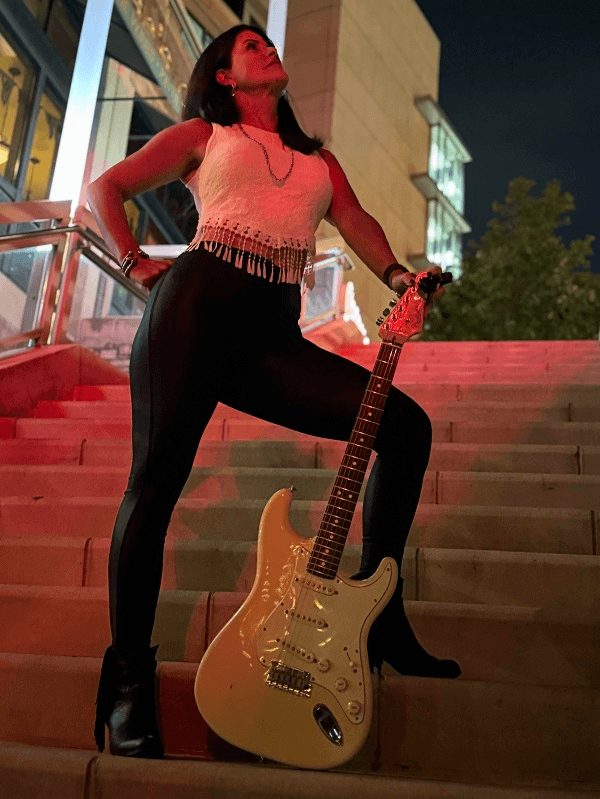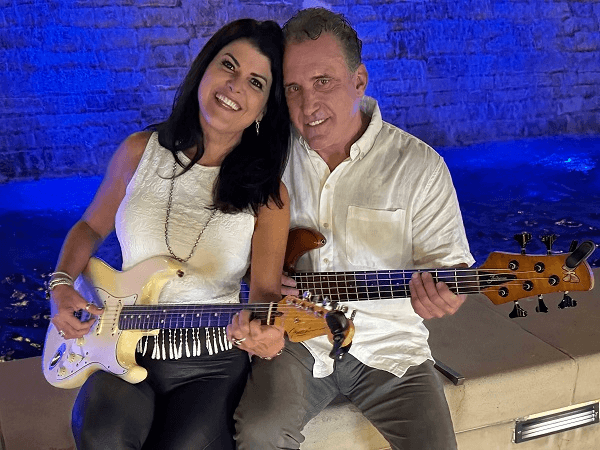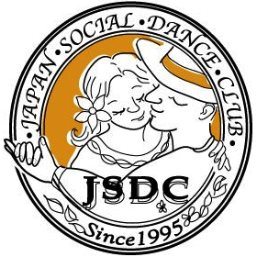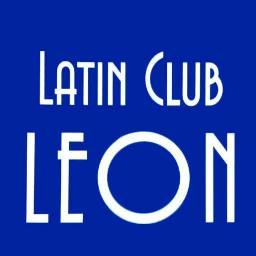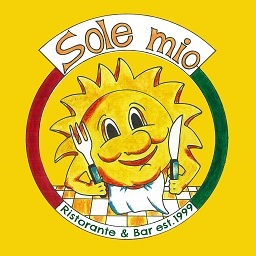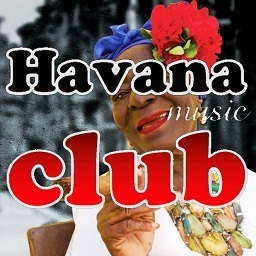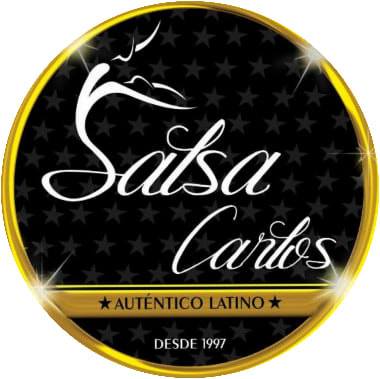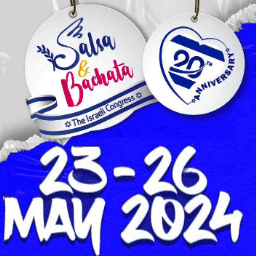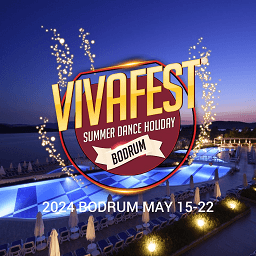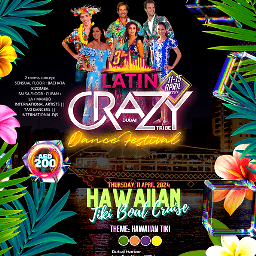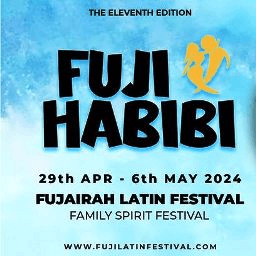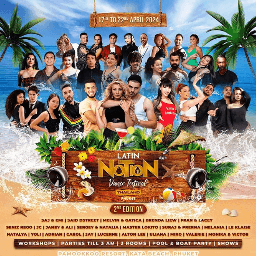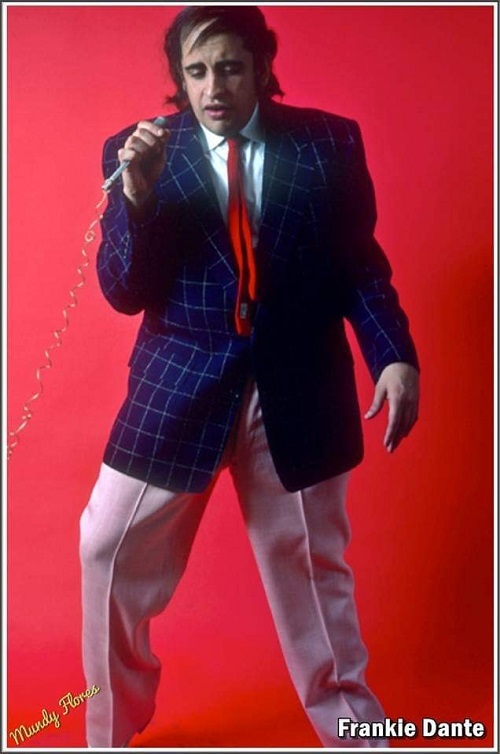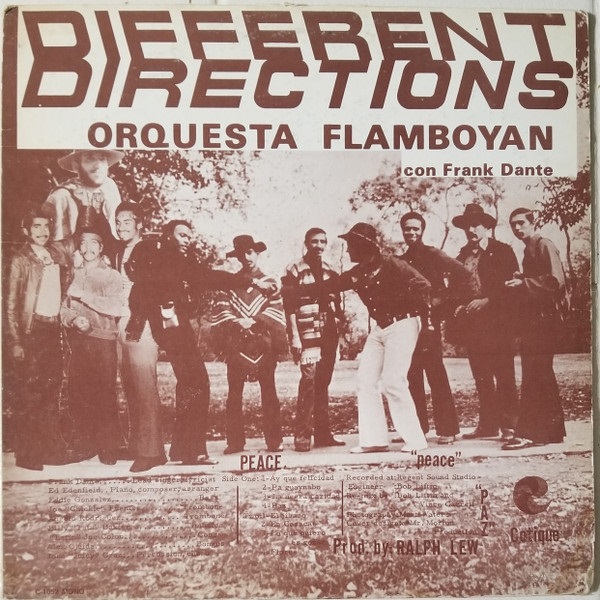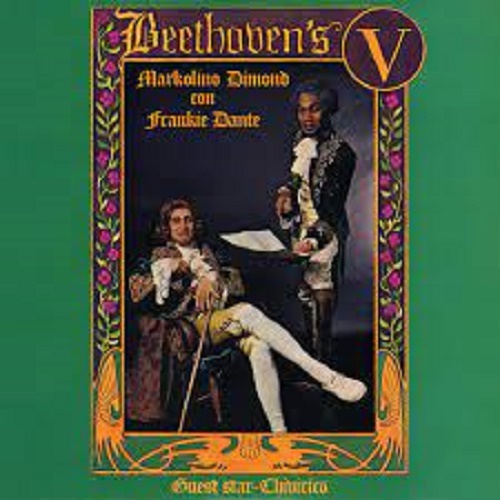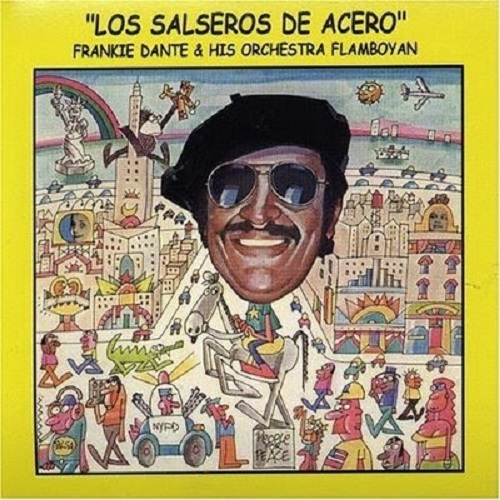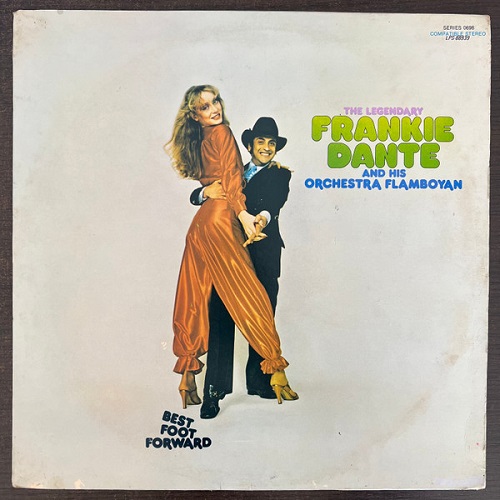Latin America / Colombia / Medellin
On this occasion, the promoter Jimena Verano introduced us to the singer and poet “Noel Montano” born in Cuba
Jimena Verano: He began his first artistic activities at a very early age, from the age of 7 he did his first school performance work called “El Sabio y el Boatman”, then at the age of 14 he leaned towards writing, writing poems, poems, among others. At the age of 16 he wrote his first song called “Desecho y Vacio”, which was part of the record production Cruzando Fronteras” by the Uruguayan singer Pablo Alejandro along with three other songs.
Noel entered the world of modeling and acting, in 2001 with the company “Cosmodiva Talents”, he participated in a number of television programs and commercials on different networks such as “Sabana Gigante”, “Dinamitados” (Americateve), among others. After 2 to 4 years, he is invited to join the group Climax from Mexico (table that applauds the most, ZaZaZa), a song that achieves the fame of that group, allowing it to tour various international stages and being winners and multiple nominees for more than 30 awards musicals.
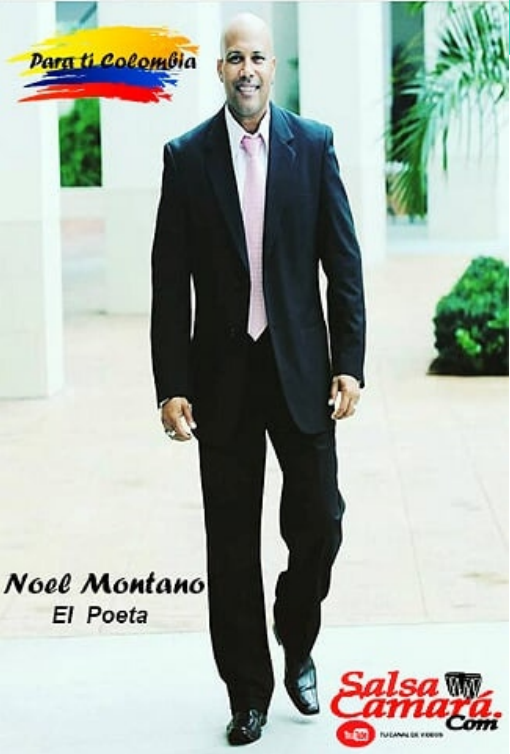
In 2013, Noel published his first book of poetry and reflections “When the soul sings” which can be purchased on Amazon and other online stores. Also that same year he released his first musical single “Apariencias”, which is having a great success. good acceptance internationally.
He is currently working as a composer for different artists and groups inside and outside the USA. He is currently preparing for a media tour in Colombia with the help of Jimena Verano, his promoter VERANOPRODUCCIONES COLOMBIA, who tells us that “Noel Montano came to the artistic world to leave your own legacy
For more information contact them through email: [email protected]
